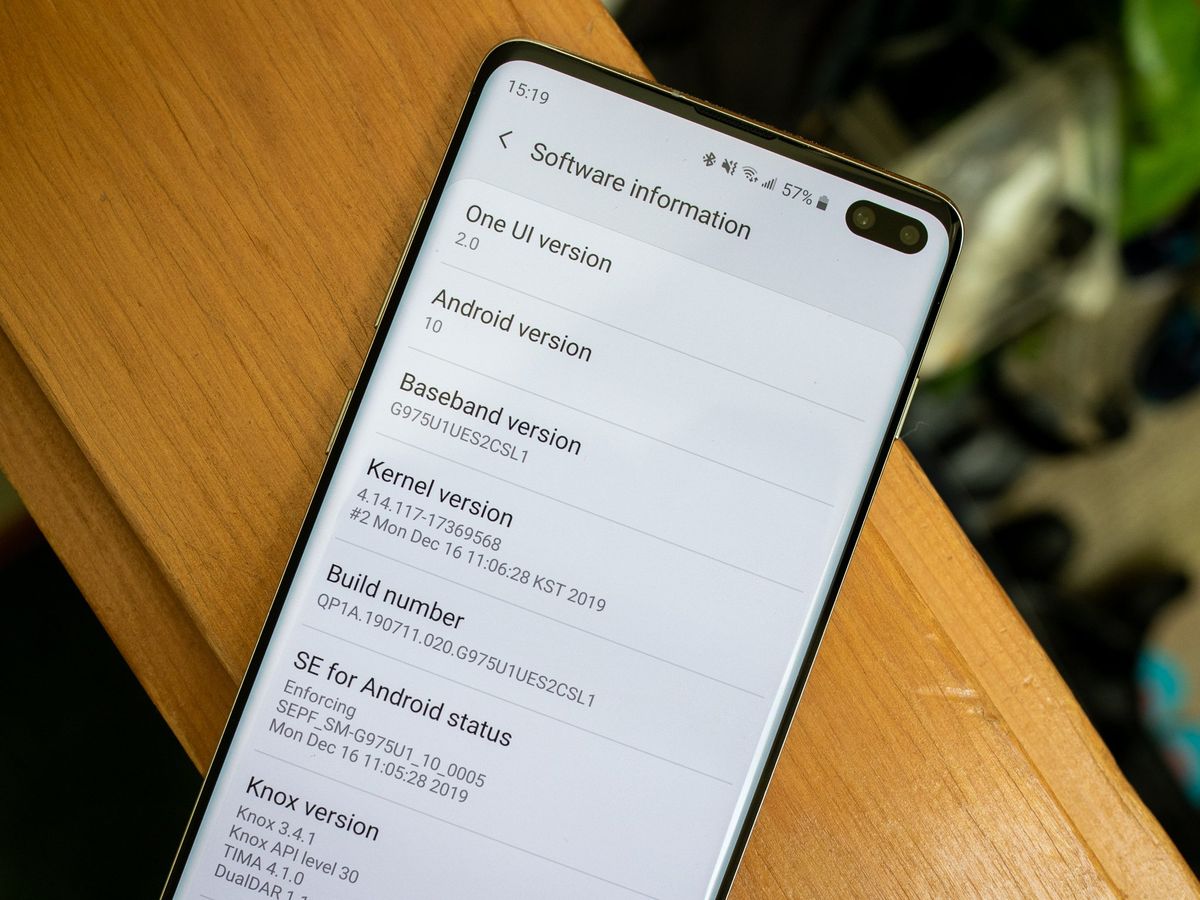
Introduction to Samsung Software Updates
Samsung, a leading Android smartphone manufacturer, consistently pushes technological boundaries. Regular software updates play a crucial role in keeping devices secure and up-to-date. Unlike some competitors, Samsung ensures flagship devices receive timely updates, enhancing security and performance.
Seven Years of Software Updates
Samsung recently announced a groundbreaking commitment: seven years of software updates for all Galaxy flagship phones. This move aligns with Apple's approach, aiming to extend device longevity and offer users more flexibility in upgrading. Traditionally, manufacturers encouraged upgrades every two years, making this shift particularly noteworthy.
Security Updates
Regular software updates primarily address security vulnerabilities. Samsung's updates often include patches for critical Android security issues, safeguarding users' personal data. For example, the July security update addressed four critical Android security issues, including three delayed from June, focusing on Qualcomm hardware.
However, Samsung has faced criticism for not addressing certain vulnerabilities as promptly as competitors like Google. The CVE-2024-32896 vulnerability, actively exploited, remains unaddressed in Samsung Galaxy smartphones despite Google's efforts to resolve it for Pixel devices. This discrepancy highlights ongoing competition between Samsung and other Android OEMs in terms of security updates.
Quarterly Security Updates for Lower-End Devices
Flagship devices receive monthly security updates, while lower-end devices like the Samsung A14 5G get quarterly updates. This difference in update frequency stems from varying levels of complexity and resources required for different models. Nonetheless, even lower-end devices receive critical security patches to ensure basic protection against common threats.
New AI Features with One UI 6.1.1
Samsung's One UI 6.1.1 update brings the latest Galaxy AI features to a broader range of devices. This update includes advanced features across communication, productivity, and creativity, aiming to enhance the overall mobile experience for users.
Intuitive Communication
One UI 6.1.1 introduces Interpreter 2, offering listening mode and one-way translation capabilities. This feature proves useful for users needing to communicate in different languages, whether during presentations or everyday conversations. The Chat Assist feature helps users draft emails and social media posts using keywords, generating full messages based on tone and personal style.
Powerful Productivity
Productivity enhancements include Note Assist, which eliminates time-consuming meeting notes by enabling translation and note summaries. Additionally, the newly added transcript feature quickly creates notes based on voice recordings. Users can effortlessly translate and overlay text in PDF files or even translate text in images and graphs for added convenience.
Advanced Creativity
Galaxy AI empowers users to create professional-grade content with features like Portrait Studio. This tool allows instant creation of portraits in various styles such as 3D cartoon or watercolor. The Instant Slow-mo feature enables seamless slowing down of videos while maintaining smooth image quality before quickly saving and sharing them.
Availability of Software Updates
Software update availability varies depending on region and device model. For instance, the Samsung Galaxy S24 series update begins rolling out in Korea on September 5, followed by North America and Europe on September 9. Additional Galaxy devices and countries will receive updates in the coming weeks.
Final Thoughts
Samsung's commitment to regular software updates demonstrates dedication to user experience and security. The recent announcement of seven years of software updates for flagship devices sets a new industry standard, aligning with Apple's approach. However, ongoing competition with other Android OEMs, particularly Google, underscores the need for timely and comprehensive security patches.
The expansion of One UI 6.1.1 with advanced AI features highlights Samsung's focus on enhancing user experience through innovative tools. As technology evolves, manufacturers like Samsung must stay ahead by providing regular updates addressing both security concerns and user demands.
Samsung's software updates play a crucial role in maintaining device longevity and functionality. By addressing security vulnerabilities, introducing new AI features, and ensuring timely updates, Samsung continues to lead in the mobile industry.
